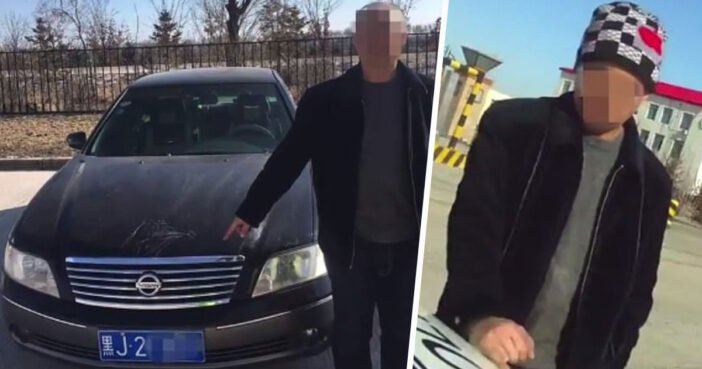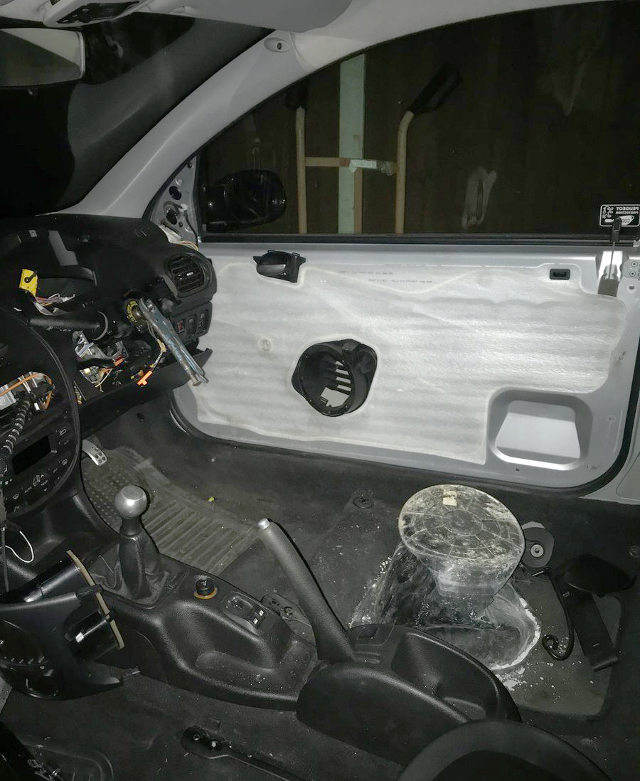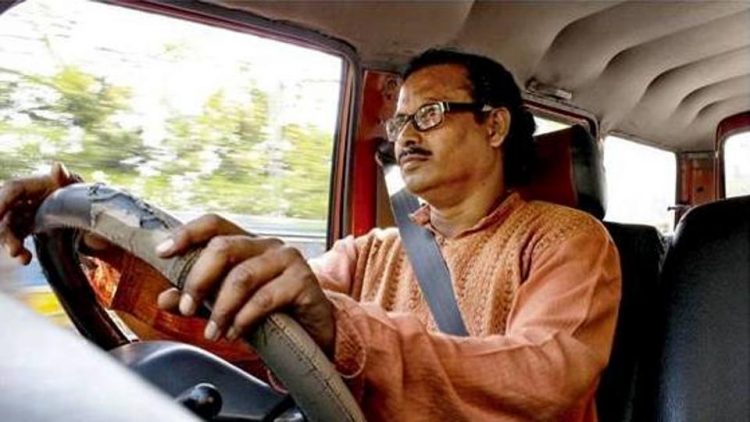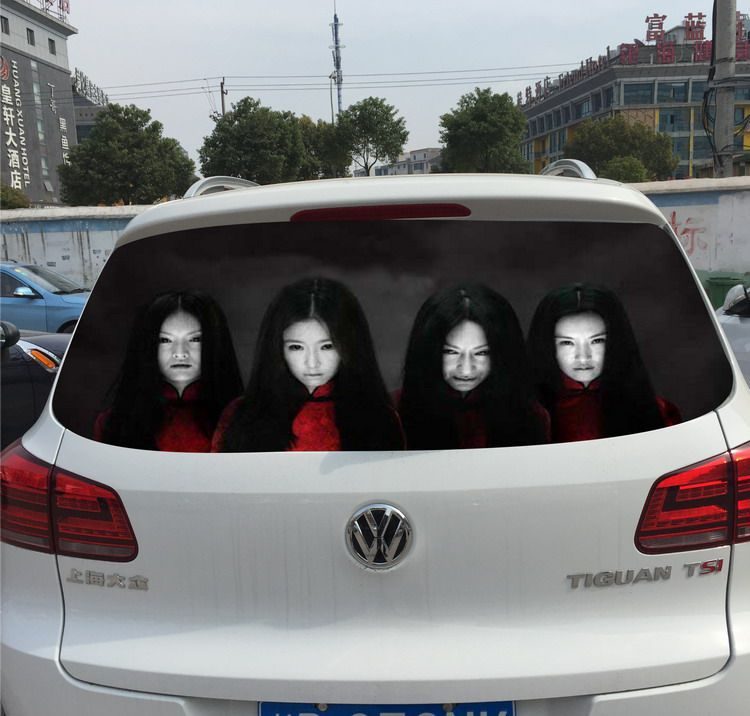Identical Twin Brothers Share Driver’s License for 20 Years, Get Busted Because of Baldness

A pair of identical twin brothers in China who had been sharing the same driver’s license for 20 years recently got bused by police after one of them started going bald. According to Chinese media, the two brothers, surnamed Yan, had been sharing a driver’s license without any issues until 2017, when the younger brother’s permit […]
Man Caught Driving Car While Sitting on a Metal Bucket and Steering with Pliers

If you thought you needed a steering wheel to actually drive a car, let this story be an example of the opposite. A man in Norfolk, England, was really caught by police driving a battered car by using a metal bucket as a car seat and pliers for steering. You might think that this guy […]
Indian Driver Receives Award for Not Honking in Over 18 Years

An Indian driver has received the Manush Sanman award for not honking once in the past 18 years. It may seem a strange award, but India is well known for the chaos of its roads, and the typical driver’s almost constant use of the car horn. Dipak Das, a Kolkata-based driver, believes that India can […]
Chinese Drivers Try to Deter Nighttime High-Beam Use with Scary Decals

Sick of getting temporarily blinded by drivers using their high-beam headlights at night, more and more Chinese are equipping the rear windows of their cars with scary reflective decals featuring ghosts, vampires or monsters. Dozens of shops on large e-commerce sites like Taobao are selling scary rear-window decals with graphics ranging from ghostly figures and […]
Chinese Drivers Who Blind Others with Full-Beam Headlights Forced to Stare into the Light by Police

When driving at night, there’s nothing quite as annoying as being blinded by the full-beam headlights of another vehicle. Recognizing this problem, the police department recently started punishing offenders by making them stare at their own headlights for a full minute. Hopefully, this will make them see the error of their ways. On November 1st, Shenzen […]
App Gives Japanese Drivers Free Coffee for Not Checking Their Phones at The Wheel

In a bid to convince drivers in Aichi Prefecture to keep their hands on the wheel and their eyes on the road, a new Japanese smartphone app offers free coffee coupons to drivers who don’t check their phones for at least 100 km. For the last 13 years, Aichi Prefecture has recorded the highest rate of traffic […]
Meet Graham, the Human Designed to Survive an Otherwise Fatal Car Crash
“Human” might be overstating it a bit, as Graham is actually a sculpture of a person who might be able to survive a car crash that would otherwise kill any normal human being. He was created by artist Patricia Piccinini in collaboration with a a leading trauma surgeon and a crash investigation expert, for a new […]
Bumper Cars a Unique Driving Opportunity for Women in Saudi Arabia
In a country where women are not allowed to drive, bumper cars have become an unlikely alternative to real automobiles. Unlike men, most of whom love nothing more than to bump each other when using the popular amusement park attractions, Saudi Arabian women prefer to cruise beside each other while honing their driving skills. For reasons […]
In Sierra Leone, New Drivers Have to Play a Board Game to Get Their License

Authorities in Sierra Leone have found a really cool and ingenious way to deal with their very undisciplined and uneducated drivers who are involved in thousands of accidents every year – a fun board game meant to be played for several months by any newbie wanting a driver’s license. Before actually being allowed to get […]
